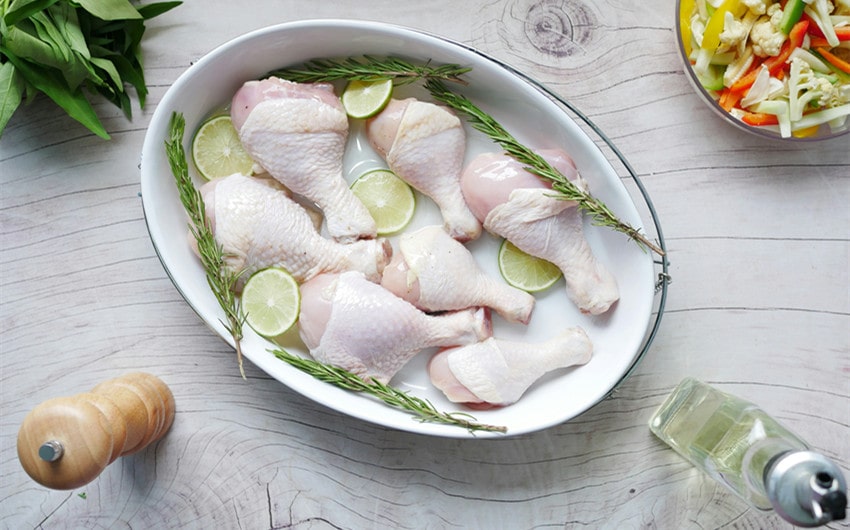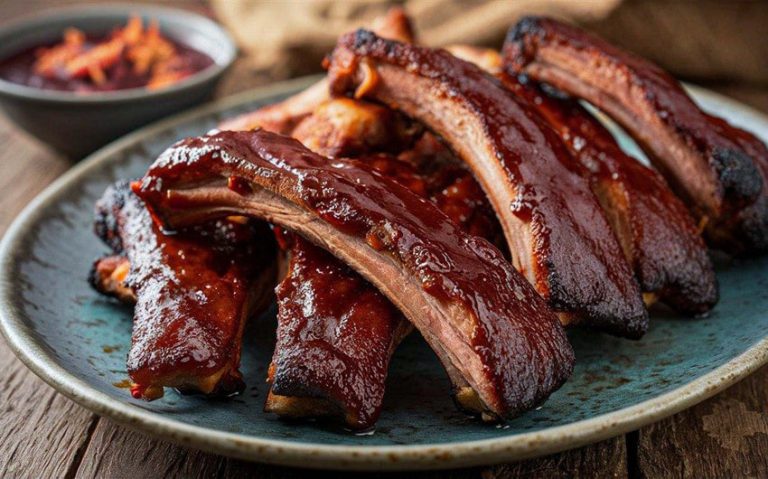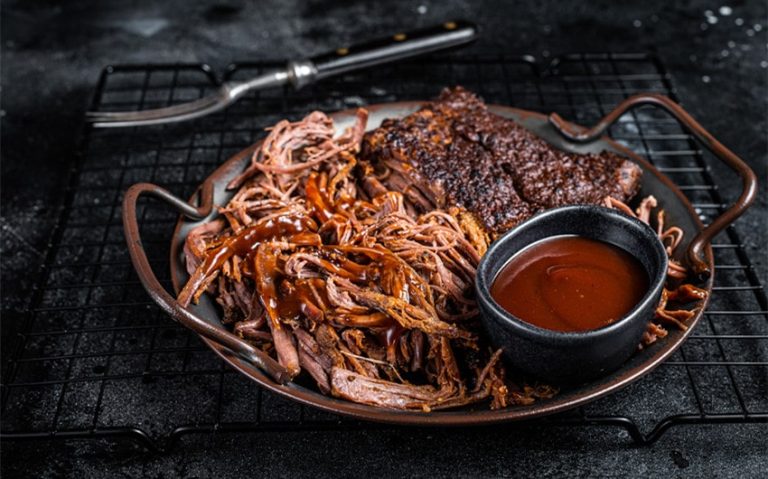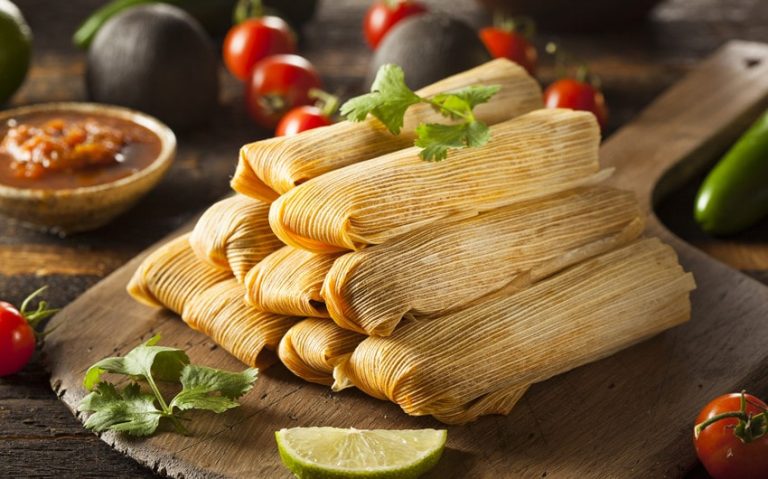How Long to Grill Drumsticks to Achieve Juicy, Flavorful Results
Grilling drumsticks to perfection is a summer staple, whether you’re hosting a backyard barbecue or just enjoying an easy family meal. But the question of how long to grill drumsticks can make or break your cookout.
For juicy, flavorful results, the key is to grill them over medium heat for 25-30 minutes, turning every 5-7 minutes to ensure even cooking. This timing will help you achieve crispy skin and tender meat without drying them out. In this guide, we’ll go over all the essential steps and tips you need to serve up delicious drumsticks every time you fire up the grill.
Getting Started: Preparing the Drumsticks

Before you fire up the grill, a little preparation goes a long way toward making your drumsticks flavorful and juicy. From choosing the right seasoning to bringing out the best texture, each step helps ensure you get delicious results. Here are some tips to get your drumsticks prepped and ready for grilling perfection.
Choosing Quality Drumsticks: Start with fresh, high-quality drumsticks for the best results. Look for drumsticks with a uniform size to ensure even cooking and avoid any that look discolored or have an off smell.
Marinating for Extra Flavor: Marinating your drumsticks can add deep flavor and moisture. A simple marinade with olive oil, garlic, lemon juice, salt, and herbs works well, or you can try more adventurous marinades like spicy barbecue, honey mustard, or citrus teriyaki. Let the drumsticks marinate for at least 30 minutes, or up to overnight for maximum flavor.
Dry Rubs and Seasonings: If you’re short on time, a dry rub is a quick and effective way to season drumsticks. Mix spices like smoked paprika, garlic powder, onion powder, salt, pepper, and brown sugar, then generously coat the drumsticks. Patting them dry before applying the rub will help the spices adhere better and create a nice crust.
Brining for Juiciness (Optional): For an extra juicy result, you can brine the drumsticks. A basic brine of water, salt, and a bit of sugar will enhance flavor and tenderness. Soak the drumsticks for 1-2 hours in the brine, then rinse and pat them dry before grilling.
Bring to Room Temperature: Let the drumsticks sit at room temperature for about 15-20 minutes before grilling. This step helps them cook more evenly and prevents the skin from sticking to the grill grates.
Setting Up the Grill
Grilling drumsticks to perfection isn’t just about timing—it’s also about setting up your grill correctly. Using the right heat zones and keeping the temperature steady will ensure even cooking and that signature crispy skin every time.
Choosing Between Direct and Indirect Heat: Understanding the difference between direct and indirect heat is essential for grilling drumsticks. Direct heat, where the drumsticks sit directly over the flames or coals, creates a crispy exterior.
Indirect heat, where they’re positioned away from the direct flames, helps cook the meat through without burning. Combining these methods is ideal: start with indirect heat to cook them through, then finish on direct heat for a crispy, charred exterior.
Ideal Grill Temperature: Aim for a grill temperature between 350-400°F for drumsticks. This moderate heat allows the drumsticks to cook through while developing a golden, crispy skin. Use a built-in or external grill thermometer for accuracy, as overly high heat can burn the skin before the meat is cooked.
Setting Up a Two-Zone Fire: For charcoal grills, arrange the coals on one side of the grill to create both direct and indirect heat zones. Gas grills make this easy—simply heat one burner and leave the other side off. Start the drumsticks on the cooler side (indirect heat) to cook evenly, then move them to the hot side (direct heat) for a final sear.
Preheating and Oil the Grill Grates: Always preheat your grill for about 10-15 minutes before placing the drumsticks on it. This ensures an even cooking surface and helps prevent sticking. Once heated, oil the grill grates lightly with a brush or a paper towel dipped in oil; this step makes it easier to turn the drumsticks and get that perfect grilled appearance.
Grilling Times Based on Different Methods

Grilling drumsticks isn’t a one-size-fits-all process. The time it takes depends on the grilling method you use—whether you prefer the fast sear of direct heat or the slow cook of indirect heat. Each method brings out different flavors and textures, so let’s break down the timing for each approach.
1. Direct Heat
When grilling drumsticks over direct heat, they are positioned directly above the flames or coals. This method is great for getting a crispy, charred exterior. However, because of the high heat, it’s crucial to keep a close watch to prevent burning.
For direct grilling, aim to cook the drumsticks for about 25-30 minutes at medium heat (around 350-400°F). Flip the drumsticks every 5-7 minutes to ensure even cooking on all sides and to help avoid flare-ups. Keep in mind that drumsticks cooked over direct heat may cook faster but can also dry out if not monitored carefully.
2. Indirect Heat
Indirect grilling involves placing the drumsticks away from the direct flames. This slower, gentler cooking method allows the drumsticks to cook through evenly without charring the skin. When using indirect heat, the drumsticks will generally take 30-40 minutes to cook, depending on their size.
Start by cooking them on the cooler side of the grill, then finish them over direct heat for a crispy exterior. This approach is ideal if you’re cooking larger drumsticks or prefer a more controlled cooking process that reduces the risk of burning.
3. Two-Zone Grilling (Combination of Direct and Indirect Heat)
A two-zone grilling method combines both direct and indirect heat to give you the best of both worlds. Start by cooking the drumsticks on the indirect side of the grill for about 20-25 minutes to cook the meat through without drying it out.
Then, move them to the direct heat zone for the final 5-10 minutes to achieve a crispy, golden-brown exterior. This method provides more control over cooking time and temperature, reducing the risk of undercooked or overcooked spots.
4. Gas vs. Charcoal Grills
If you’re using a gas grill, preheat one side to medium-high (direct heat) and the other side to low (indirect heat). For charcoal, arrange the coals on one side of the grill. Regardless of the grill type, keep a close eye on the drumsticks and adjust the cooking time slightly if necessary, as different grills hold and distribute heat differently.
Checking for Doneness
Perfectly grilled drumsticks aren’t just about flavor; they’re also about safety and texture. Knowing how to check for doneness ensures your drumsticks are juicy, fully cooked, and safe to eat. Here’s how to tell when they’re ready to come off the grill.
1. Using a Meat Thermometer
The most accurate way to ensure your drumsticks are fully cooked is by using a meat thermometer. Insert the thermometer into the thickest part of the drumstick without touching the bone, as this can give an inaccurate reading. Drumsticks are done when the internal temperature reaches 165°F (74°C), which ensures they are safe to eat while staying juicy and tender.
2. Visual Cues for Doneness
If you don’t have a thermometer, there are visual signs that indicate doneness. Fully cooked drumsticks will have crispy, browned skin, and the meat will start to pull back slightly from the bone. Juices should run clear, not pink, when you cut into the thickest part of the meat.
3. Testing the Texture
The texture can also help you determine doneness. The meat should feel firm but not dry or overly tough. When fully cooked, drumsticks should pull away from the bone relatively easily without being mushy.
Resting and Serving the Drumsticks

After all that time on the grill, it’s tempting to dive straight into those juicy drumsticks. But a brief resting period can make all the difference in flavor and texture. Here’s why resting and thoughtful serving add the final touches to a perfect grilled meal.
The Importance of Resting
Resting allows the juices in the meat to redistribute, making each bite more flavorful and juicy. When drumsticks come straight off the grill, the heat causes the juices to concentrate toward the center. By letting them rest for 5-10 minutes under a loose tent of foil, these juices will spread throughout the meat, resulting in a more even, satisfying bite. Skipping this step can lead to dry or unevenly juicy drumsticks.
Covering with Foil
While resting, cover the drumsticks loosely with foil to keep them warm without trapping in steam, which can soften the crispy skin. This simple step helps maintain the texture you worked so hard to achieve on the grill.
Serving Suggestions
Drumsticks are a versatile dish that pairs well with a variety of sides. For a classic barbecue meal, consider serving them with coleslaw, grilled corn, or potato salad. For a lighter meal, opt for a fresh green salad or a side of roasted vegetables. You can also add sauces like barbecue, honey mustard, or spicy buffalo for extra flavor and customization.
Garnishing for Presentation
Add a finishing touch to your drumsticks by garnishing them with fresh herbs like chopped parsley or cilantro. A sprinkle of lemon zest or a few lime wedges on the side can also enhance the flavor and give your presentation a vibrant look.
Troubleshooting Common Grilling Problems
Even the best grilling plans can sometimes go awry, whether it’s flare-ups or uneven cooking. Knowing how to handle these common issues can save your drumsticks and make you a more confident griller. Here are some simple fixes for common grilling challenges.
1. Dealing with Flare-Ups
Drumsticks can cause flare-ups due to their higher fat content, especially when grilling over direct heat. If flare-ups occur, move the drumsticks to the cooler side of the grill temporarily and wait for the flames to subside. Keep a spray bottle of water handy to control small flare-ups, but be careful not to douse the flames too much, as this can cool down the grill and affect cooking time.
2. Managing Hot Spots on the Grill
Not all grills heat evenly, which can lead to hot spots that cook some drumsticks faster than others. To prevent uneven cooking, rotate and rearrange the drumsticks as they cook, especially if you notice that certain areas of the grill are hotter. For charcoal grills, consider arranging the coals more evenly or adjusting their placement for better heat distribution.
3. Avoiding Overcooked or Burnt Skin
It’s easy to end up with burnt skin while waiting for the meat to cook through, particularly with direct heat. To avoid this, start your drumsticks over indirect heat to cook them thoroughly, then move them to direct heat for the final few minutes to crisp up the skin. This method ensures a juicy interior without risking charred, bitter skin.
4. Preventing Sticking
Sticking can be a common problem, especially if the grill grates aren’t properly oiled. Before placing the drumsticks on the grill, brush or spray the grates with oil to reduce sticking. Also, let the drumsticks naturally release before trying to flip them; they’ll lift more easily when the skin has had a chance to crisp up.
5. Adjusting for Temperature Variations
Outdoor conditions, such as wind or cold temperatures, can affect your grill’s performance and cooking time. If you’re grilling on a cooler day, you may need to increase the cooking time slightly or cover the grill to retain heat. Monitoring your grill’s temperature regularly will help you make quick adjustments and avoid undercooked or overcooked results.







